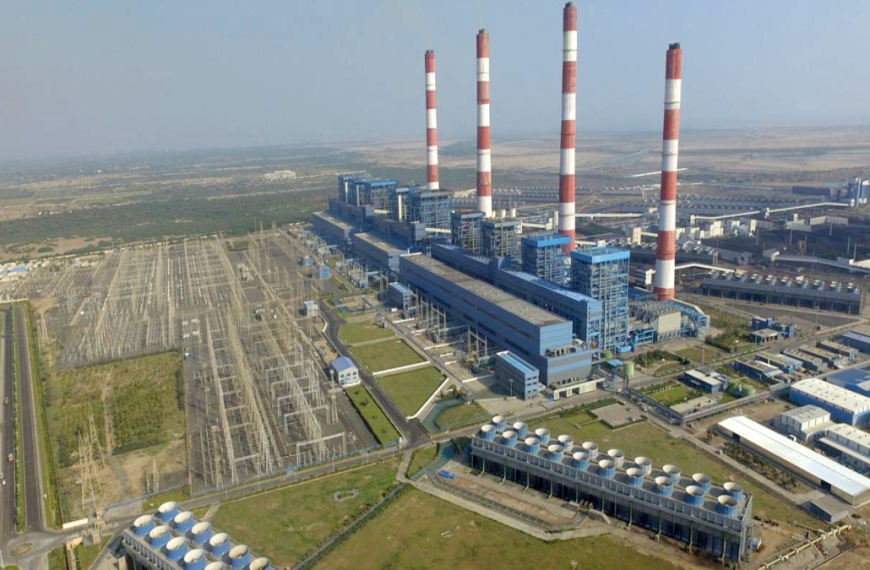India is on the brink of a significant shift in its electricity consumption, driven by economic growth, urbanization, and a growing population. By 2030, the nation’s power demand is projected to reach new heights, presenting both challenges and opportunities. Among all states, Maharashtra stands out with its visionary policies aimed at transforming this challenge into a sustainable advantage for its citizens and industries.
Rising Power Demand in Maharashtra
As India’s most industrialized state, Maharashtra is facing a daunting 6.5% annual increase in electricity demand. This surge means that by 2030, the state will need over 280 billion units of electricity, with peak demand expected to soar from 29 GW to an impressive 45 GW. This level of consumption will position Maharashtra alongside some of the largest European economies.
A Comprehensive Energy Transition Plan
To address these rising demands, Maharashtra has devised an ambitious energy transition strategy. The primary goals include:
- Affordable electricity for all
- A shift towards clean energy
- Sustainable economic growth
Maharashtra’s plan emphasizes the development of 38 GW of renewable energy, which includes 16 GW dedicated to agricultural uses. This initiative will utilize hybrid solar and wind energy systems, along with innovative storage solutions like pump storage and distributed battery systems. Notably, solar tariffs are set as low as ₹2.54 per unit, making this strategy not only environmentally sound but also economically advantageous.
Economic Boost through Investment
This proactive approach is expected to attract investments of approximately ₹3.3 lakh crore by 2030. Remarkably, 75% of this capital is anticipated to come from private sector initiatives within Maharashtra. Such a massive influx of funds will not only revolutionize the energy landscape but will also stimulate the overall economy.
Job Creation and Economic Opportunity
Transitioning to cleaner energy sources is projected to generate around 700,000 jobs across various sectors, including engineering, infrastructure, maintenance, logistics, and rural energy services. This job creation is essential for Maharashtra’s ambitious goal of becoming a trillion-dollar economy.
Empowering Rural Communities
Programs like MSKVY 2.0 are pivotal in providing stable solar energy access to rural areas, particularly for agricultural needs. Farmers benefit from reliable daytime power, which improves their livelihoods and offers them additional income through energy-sharing initiatives. This not only enhances rural living standards but also addresses long-standing energy disparities between urban and rural regions.
Ensuring Competitive Energy Costs
For India to maintain its position in global markets, it is crucial to provide power that is both clean and affordable. Maharashtra recognizes this need. By investing in clean energy, the state is fostering an environment conducive to growth for both small and large enterprises.
Additionally, the focus on upgrading transmission networks and energy storage systems is vital to minimize energy waste and ensure that every unit of renewable energy produced is effectively utilized. These measures are essential for maintaining grid stability and attracting private sector investment, thus avoiding issues like power curtailment seen in countries such as Germany.
A Model for Other States
Maharashtra’s approach offers a realistic blueprint as India strives for energy independence and a net-zero future. The emphasis is not merely on increasing solar or wind energy capacity but on integrating energy solutions with broader economic, employment, and environmental goals.
The advantages of this strategy are manifold:
- Meets global climate commitments
- Promotes domestic manufacturing and services
- Enhances social equity by expanding energy access
In essence, Maharashtra exemplifies how thoughtful policies and targeted investments can lead to a sustainable energy future, fostering economic growth and social progress.
Now is the ideal time for other states to learn from Maharashtra’s example and adapt this model. Electricity is no longer just a utility; it is a vital driver of growth, dignity, and national aspirations.











